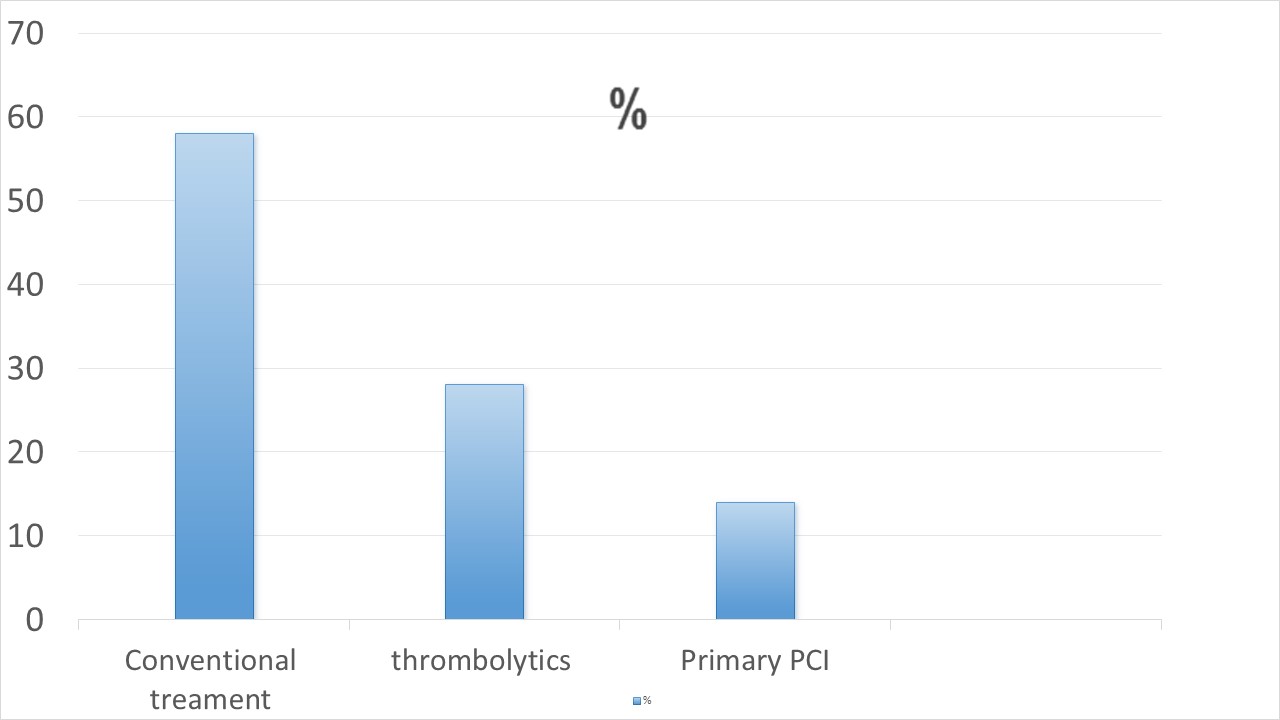Clinical presentation, management and outcomes of myocardial infarction in the Heart Center, Al-Thawra Hospital, Sana'a City, Yemen: Stemi cardiac arrest management outcomes
محتوى المقالة الرئيسي
الملخص
Background and aim: Acute ST-segment elevation myocardial infarction (STEMI) is a critical medical emergency requiring emergency evaluation, diagnosis, and intervention. The aim of the study was to evaluate the clinical presentation, type of treatment, and outcomes of patients with acute ST-segment elevation myocardial infarction at the Heart Center of Al-Thawra Hospital, Sana'a.
Methods: prospective study. We enrolled all patients with a final diagnosis of STEMI who have been admitted to the cardiac CCU in the cardiac center in AL-Thawrah Hospital during one year, January to December 2023.
Results: A total of 358 patients with STEMI were analyzed. The mean age was 55 ± 8 years old, with male patients representing 80% (286)). The traditional risk factors among these patients were: hypertension 28.23% (101), smoking represents 26.05% (93), diabetes mellitus represents 19% (68), BMI > 30 kg/m2 represents 16.34% (57), and khat chewing represents 78.2% (279). STEMI patients who managed by primary PCI were 14% (50). Patients who have been managed by thrombolytic therapy were 28% (101) and the conventional medical treatment was managed for those who arrived after 12 hours and represent 58%% (204). The most commonly used thrombolytic was streptokinase in 96% (97) of patients who received thrombolytics. Primary PCI within 24 hours has been done in 14% (50) of cases. Heart failure (EF < 50%) represented (26%) (93), cardiovascular shock was 13% (46 cases), and mortality rate was 11% (39 cases))
التنزيلات
تفاصيل المقالة

هذا العمل مرخص بموجب Creative Commons Attribution-NonCommercial-NoDerivatives 4.0 International License.

